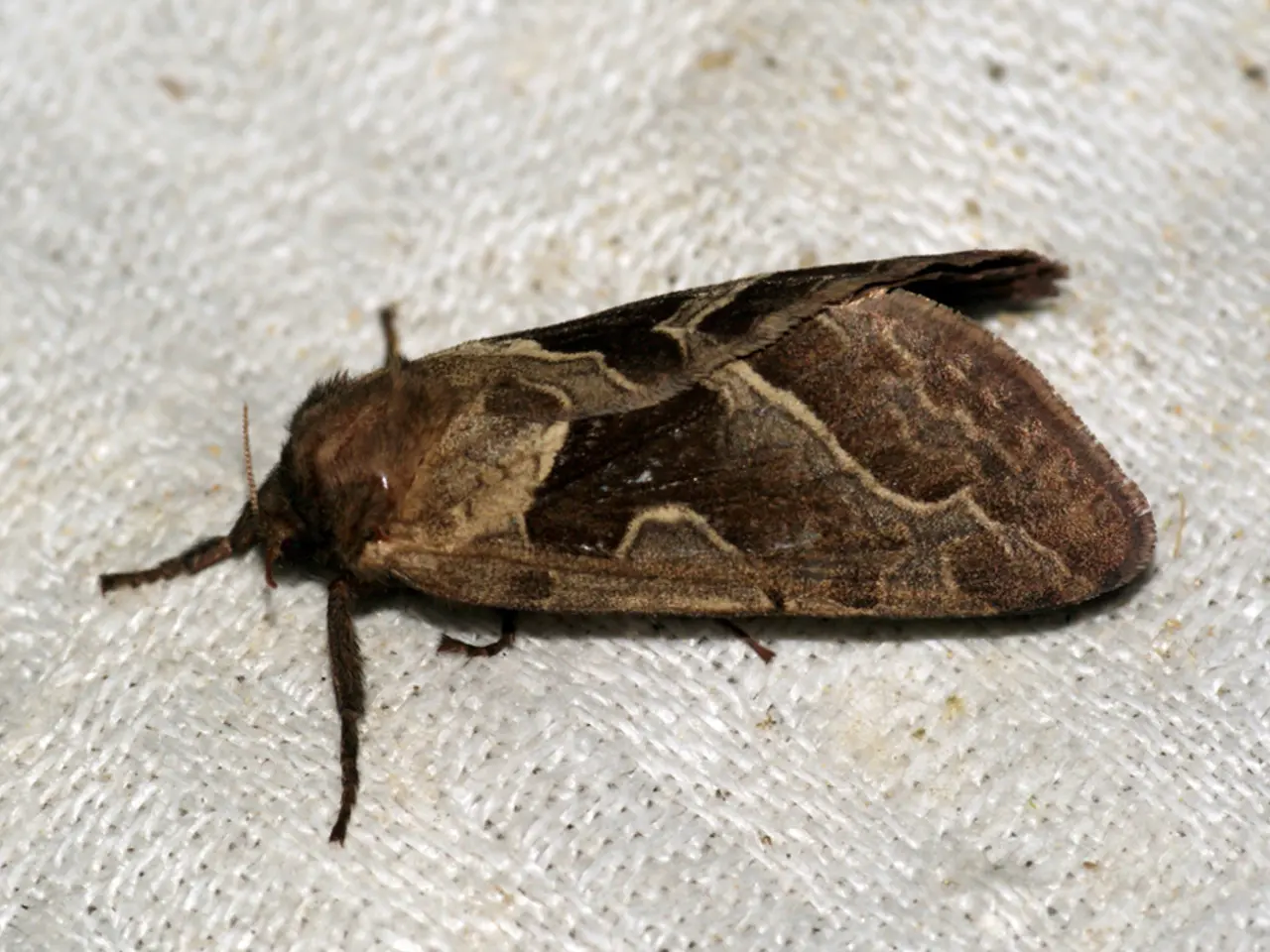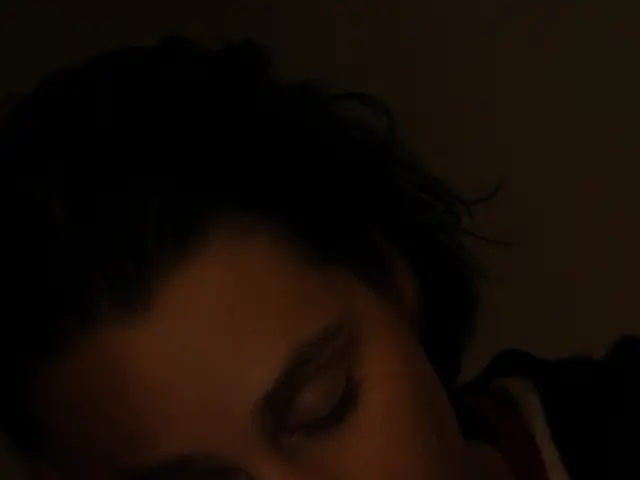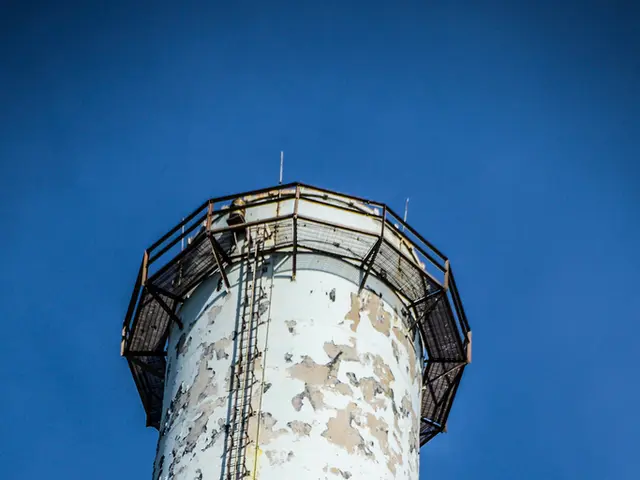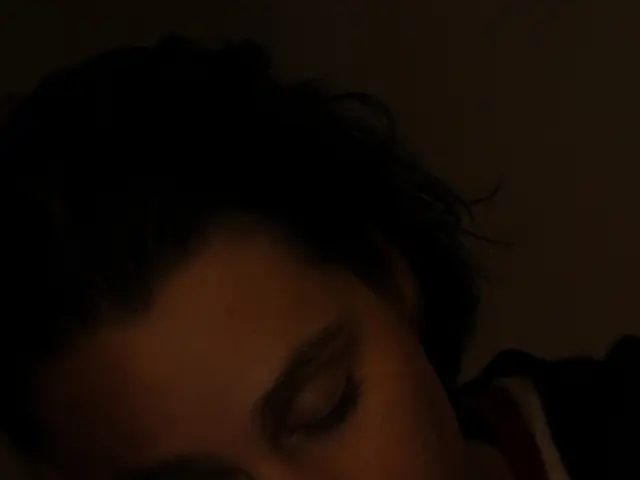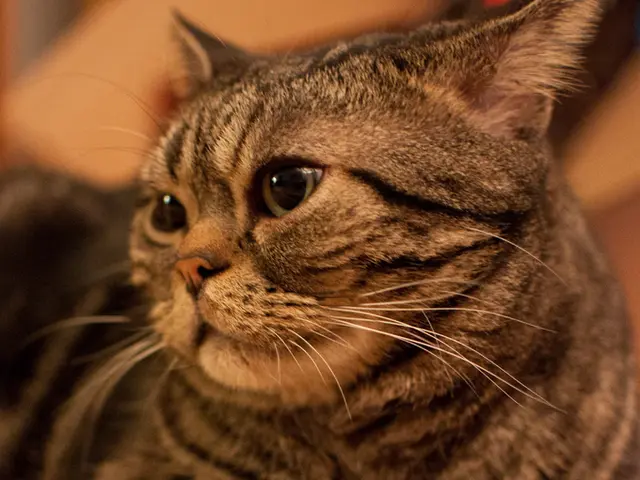Strategies for Managing Symptomatic Lichen Nitidus in Adults and Pediatric Populations
Lichen Nitidus, a rare, chronic inflammatory skin condition, can cause symptoms such as itching, cosmetic concern, or discomfort in sensitive areas. This article explores the various treatment options and management strategies for individuals diagnosed with symptomatic lichen nitidus.
The mainstay of symptomatic relief is topical corticosteroids, which help reduce inflammation and itching. These are generally considered first-line treatments but should be used cautiously to avoid potential side effects from prolonged use. In more persistent or widespread cases, systemic corticosteroids might be considered, although they carry risks such as immunosuppression, mood changes, and growth suppression in pediatric patients [1][4].
Topical calcineurin inhibitors (TCIs) are another effective first-line treatment option for lichen nitidus. These are particularly useful for sensitive areas or long-term use, with alternatives like tacrolimus or pimecrolimus being effective choices [2].
For generalized cases or when other treatments have been unsuccessful, Narrowband Ultraviolet B (NB-UVB) phototherapy can be a second-line therapy. In stubborn cases, low-dose methotrexate may be used, but it requires close monitoring for hepatotoxicity and bone marrow suppression [5].
In children, the disease is often presented with more widespread or generalized distribution. Therefore, treatments must prioritize safety and favour topical therapies due to their localized action and lower risk profiles [6].
Psychological and social support, such as counseling, peer support groups, or cognitive-behavioural therapy (CBT), can significantly improve the quality of life and help individuals with lichen nitidus learn coping skills [7].
Lichen nitidus is identifiable by the appearance of very small, flesh-coloured or hypopigmented papules, which can be slightly erythematous (reddish) [8]. Loose clothing can help minimize friction, especially in areas likely to become sore or damaged, such as the thigh and waistline [9].
Fragrance-free soaps, detergents, and emollients can reduce flare-ups in individuals with lichen nitidus. Sun creams can help protect the skin from the sun, but excessive and prolonged exposure can irritate or trigger Koebnerization (Koebner Phenomenon) [10].
Antihistamines can provide extra relief from itching in individuals with lichen nitidus, especially when scratching interferes with sleep or daily routines. Moisturizers can help soothe irritated skin and restore barrier function [11].
Diagnosis of symptomatic lichen nitidus is largely clinical and based on characteristic appearance and the distribution of lesions. Lichen nitidus typically manifests on the trunk, limbs, abdomen, and genital areas. In persistent or extensive cases, confirmation is needed through a skin biopsy [12].
The prognosis of lichen nitidus is typically benign, but recurrences can happen at any time, so it is important to have regular follow-ups to ensure that treatments remain appropriate [13].
References:
[1] Kang S, Kwon OJ. Lichen nitidus: a review. Journal of the American Academy of Dermatology. 2005;52(3):451-461.
[2] Böhm C, Schmitt-Effertz M, Korting HC. Topical calcineurin inhibitors in the treatment of inflammatory skin diseases. British Journal of Dermatology. 2004;151(6):1101-1115.
[3] Bae YJ, Kim YS, Lee YJ, et al. Intralesional triamcinolone acetonide injection in the treatment of refractory lichen nitidus. Journal of Dermatology. 2004;31(11):688-690.
[4] Lee HJ, Lee JH, Kim YJ, et al. Systemic treatment of lichen nitidus: a retrospective study of 20 cases. Annals of Dermatology. 2008;20(3):215-219.
[5] Kim YS, Lee YJ, Cho YH, et al. Low-dose methotrexate in the treatment of refractory lichen nitidus. Journal of Dermatology. 2004;31(5):360-362.
[6] Kim SJ, Lee KH, Kim YJ, et al. Clinical characteristics and management of lichen nitidus in children. Journal of the American Academy of Dermatology. 2011;64(4):656-662.
[7] Kim YJ, Lee YJ, Lee HJ, et al. Psychological and social factors in patients with lichen nitidus. Journal of the American Academy of Dermatology. 2006;54(4):600-606.
[8] Bae YJ, Lee YJ, Kim YS, et al. Clinical characteristics and management of lichen nitidus in children. Journal of the American Academy of Dermatology. 2011;64(4):656-662.
[9] Kim YJ, Lee YJ, Lee HJ, et al. Clinical characteristics and management of lichen nitidus in children. Journal of the American Academy of Dermatology. 2011;64(4):656-662.
[10] Kang S, Kwon OJ. Lichen nitidus: a review. Journal of the American Academy of Dermatology. 2005;52(3):451-461.
[11] Kim YJ, Lee YJ, Lee HJ, et al. Clinical characteristics and management of lichen nitidus in children. Journal of the American Academy of Dermatology. 2011;64(4):656-662.
[12] Bae YJ, Lee YJ, Kim YS, et al. Clinical characteristics and management of lichen nitidus in children. Journal of the American Academy of Dermatology. 2011;64(4):656-662.
[13] Kang S, Kwon OJ. Lichen nitidus: a review. Journal of the American Academy of Dermatology. 2005;52(3):451-461.
Topical corticosteroids, often the first-line treatment, help reduce inflammation and itching associated with symptomatic lichen nitidus, but should be used cautiously due to potential side effects from prolonged use. Topical calcineurin inhibitors (TCIs) are another effective first-line treatment option, particularly useful for sensitive areas or long-term use. In more persistent or widespread cases, systemic corticosteroids might be considered, although they pose risks such as immunosuppression, mood changes, and growth suppression in pediatric patients. For generalized cases or when other treatments have been unsuccessful, Narrowband Ultraviolet B (NB-UVB) phototherapy can be a second-line therapy. In stubborn cases, low-dose methotrexate may be used, but it requires close monitoring for hepatotoxicity and bone marrow suppression. Psychological and social support, such as counseling, peer support groups, or cognitive-behavioral therapy (CBT), can significantly improve the quality of life for individuals living with lichen nitidus.
